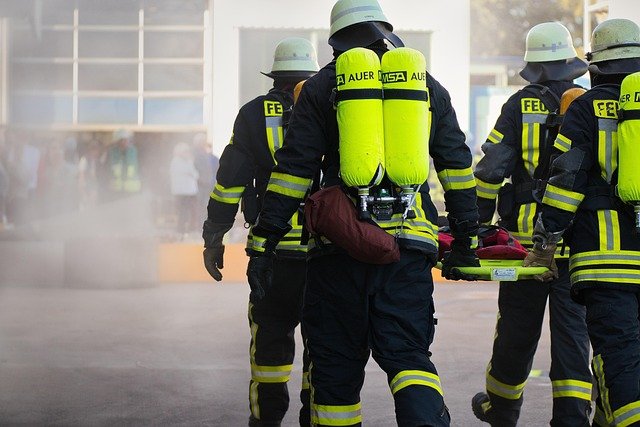Physical Fitness and Skill Assessments for Rescue Personnel
Rescue personnel rely on a combination of physical fitness and technical skills to perform safely and effectively during emergency response. This article examines how structured assessments, ongoing training, and equipment familiarity help maintain readiness, reduce injury risk, and support long-term wellness for those serving in rescue roles.

Rescue operations demand sustained physical ability, clear decision-making, and reliable skills under stress. Regular, rigorous assessments help organizations measure baseline fitness, identify training needs, and confirm competency with essential equipment and procedures. These evaluations support preparedness for diverse emergency scenarios while promoting safety for both responders and the people they assist. Well-designed assessment programs also consider shift patterns, fatigue management, and mental wellness to maintain consistent response capability across teams.
How does fitness affect rescue performance?
Physical fitness underpins many rescue tasks: lifting, carrying, climbing, and prolonged activity in heavy gear. Cardiovascular endurance, muscular strength, flexibility, and balance each play a role in preventing injury and sustaining performance during an incident. Fitness assessments often include timed runs or stair climbs, loaded carries with equipment, and strength tests that mirror job tasks. Results guide individualized training plans and wellness initiatives so personnel can meet operational demands and maintain long-term health.
What training prepares personnel for emergency response?
Practical, scenario-based training bridges the gap between physical capability and technical skill. Drills simulate realistic emergencies—structural fires, vehicle extrications, confined-space rescues—allowing teams to practice tactics, radio communication, and coordinated movements. Training schedules integrate certification requirements with ongoing refreshers, emphasizing safe use of equipment, situational awareness, and role-specific procedures. Evaluations after drills help refine techniques and inform future training priorities to ensure consistent response standards.
How are skill assessments and certification conducted?
Skill assessments combine hands-on tests, written evaluations, and observed performance under controlled conditions. Certification processes often follow national or regional standards and verify competencies such as search techniques, rope rescue, hazardous materials awareness, and medical response. Assessors use objective metrics and checklists to maintain fairness and repeatability. Periodic recertification and competency checks ensure that personnel remain current with evolving protocols, equipment updates, and safety expectations.
What role does equipment and safety play?
Familiarity with equipment — personal protective gear, breathing apparatus, extraction tools, and communication devices — directly impacts safety and effectiveness. Assessments include equipment donning/doffing drills, gear inspections, and task simulations that require tool proficiency. Safety checks and regular maintenance schedules reduce equipment-related failures. Embedding safety practices into assessments reinforces a culture of risk awareness, ensuring teams follow procedures that protect both rescuers and civilians during emergency operations.
How do shifts, recruitment, and wellness intersect?
Shift patterns influence fatigue, recovery, and overall wellness; assessment programs should account for variable schedules. Recruitment processes typically include physical and skill evaluations to confirm baseline readiness without implying job availability or offering specific positions. Ongoing wellness programs—nutrition guidance, mental health support, sleep management, and injury prevention—complement fitness testing. Together, recruitment standards and wellness initiatives create a workforce better prepared for the physical and psychological demands of rescue roles.
How to maintain preparedness for diverse scenarios?
Preparedness combines routine assessments, cross-training, and scenario diversity. Regular drills that mix environmental challenges, multi-agency coordination, and equipment variations help identify gaps before real incidents. Incorporating feedback loops from after-action reviews allows teams to adapt training and assessment criteria. Ensuring that personnel retain both physical fitness and technical proficiency requires scheduled recertification, targeted conditioning programs, and investment in realistic training aids that reflect the equipment and environments personnel will encounter.
Conclusion Structured fitness and skill assessments are essential components of a resilient rescue workforce. By aligning physical conditioning, scenario-based training, certifiable competencies, and equipment proficiency with policies that address shift work and wellness, organizations can support safer, more effective emergency response. Ongoing evaluation and targeted development ensure personnel remain prepared for the range of situations they may face.
This article is for informational purposes only and should not be considered medical advice. Please consult a qualified healthcare professional for personalized guidance and treatment.





